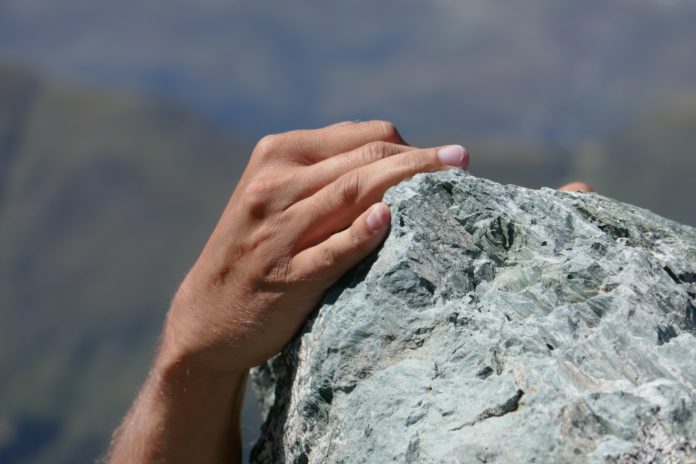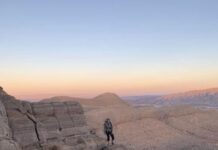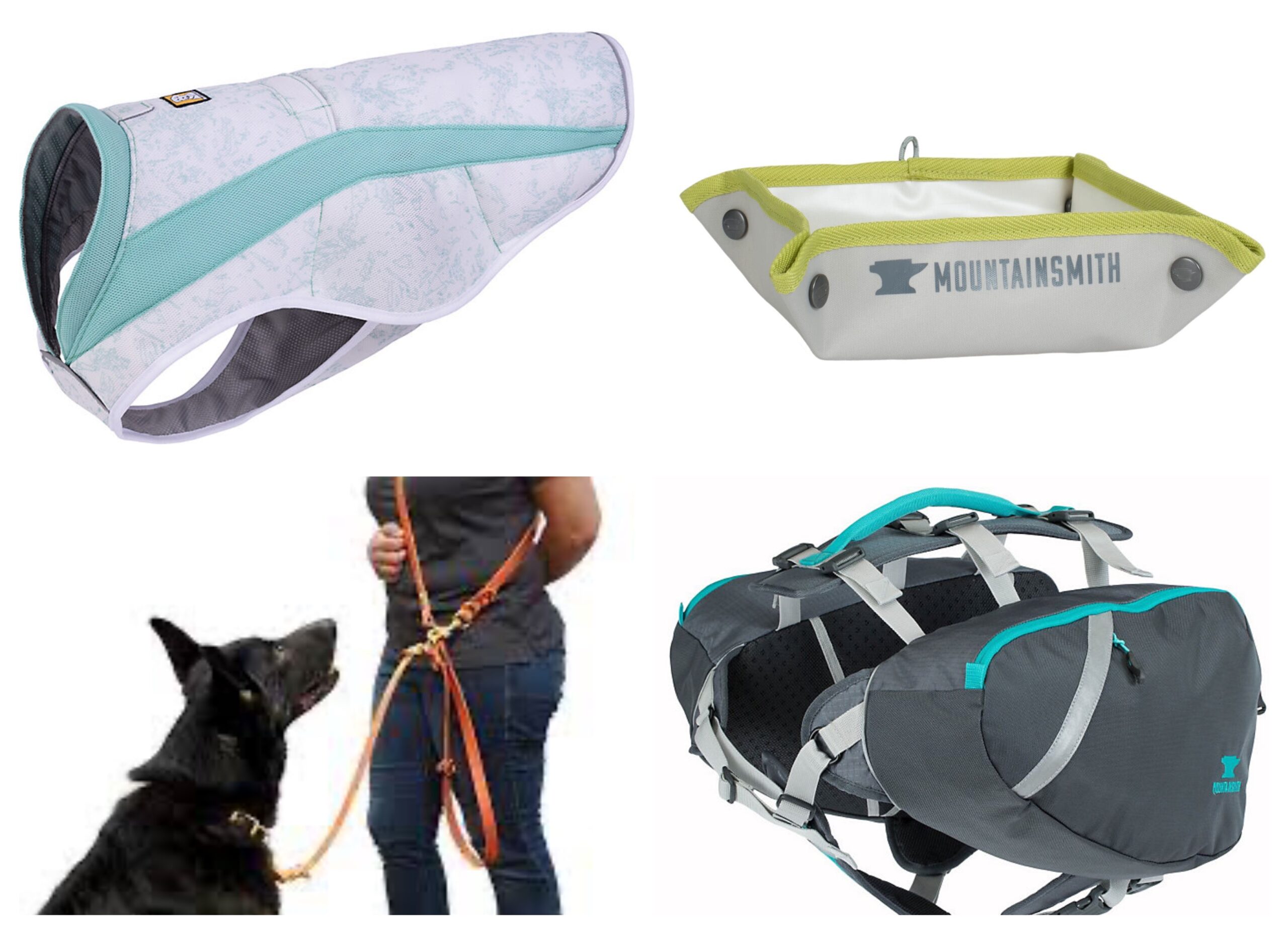This week my roommate, Blake, broke his leg. He was at the top of a bouldering wall that he had fallen from hundreds of times before. His hands clutched a hold above his head while his feet spread wide to balance his weight. But then they slipped, peeling his body away from the wall. He tumbled like a windmill towards the ground. And the full impact of his fall crashed down onto his left leg as it slid away from his body.
The sound of his tibia and fibula snapping in half was like a wooden bat hitting a ball. When he looked down, he saw his ankle and foot laying at a 90 degree angle. And the only thing that attached them to his body was his calf muscle. He thought that it must be a dream. There’s no way that this was reality.
When the paramedics arrived, they asked about his pain level on a scale of 1 to 10. Most people would say that snapping their leg in half would create pain that’s off the charts. It’s a pain level of a million. Or a 15, at least. But Blake responded to the medics saying that it was probably above a 6.
Later he told me that he could have broken both of his legs. And that would be a more realistic depiction of level 10 pain.
Navigating a Broken Leg
Blake didn’t sleep on his first night in the hospital because he could feel the grinding sensation of his broken bones whenever he moved. And the trauma of what had happened lived behind his eyelids. Drifting into unconsciousness brought him back to a moment he never wanted to re-live.
After a few days of insomnia, he came home with a rod implanted in his leg. He wore saggy blue pants when he crutched his way into our apartment. And his face said it all: The trajectory of his life was changing, and he wasn’t so sure that he was prepared for the shift.
This morning, we went to the pharmacy to pick up his medications. While getting ready to enter the pharmacy, he sadly looked at the curb, saying that a few days ago he was climbing V10 bouldering problems. And today he’s trying to “send” the curb in the parking lot.
Why We Do What We Do
Since hearing the news, I’ve been thinking about why we do what we do. Climbing is part of Blake’s identity. He created a sense of self that’s tied to rock. Looking for the imperfections in a route allows you to explore uncharted territory. And his ability to maneuver his body through intense problems lends itself to his character. His reality is a carefully crafted structure that’s made out of effort and intention.
He’s one of the strongest athletes I have the pleasure of knowing. When the nurses explained that he was going to need to inject himself with medication, they couldn’t find any fat in which to inject it. Not in his arms. Not in the flesh of his butt. Maybe they could find just enough on his stomach. But it’d be a challenge.
I think part of the reason why we’re attracted to these high-risk sports is because of the fragility of life. It’s not that we want to put ourselves in risky situations. But knowing that it could all be over tomorrow makes us want to live with greater depth. We want to come face to face with vulnerability and walk through the fear. We’re willing to take the risk. But sometimes we get hurt. And I wonder if it’s always worth it.
Finding the Balance
Anyone who lives this kind of lifestyle is aware of the risks. Usually they’re controlled risks. We know if we’re likely to grate our bodies against a slab of rock. Taking hard falls is part of the growth process. But can the risks become greater than the rewards?
My heart is heavy since hearing the tale of the broken leg. I see a lot of myself in this situation. I think my pain level would probably be more than 2,000,000 units. But I’m often in high-risk situations. I love testing my limits by challenging my own doubts. Teetering on the edge of possibility brings a certain vitality to our lives. And I don’t know where to draw the line. How often do we remind ourselves of the balance between risk and reward? This could be me. And if it were me, would I do anything differently?
For More Inspiration:















